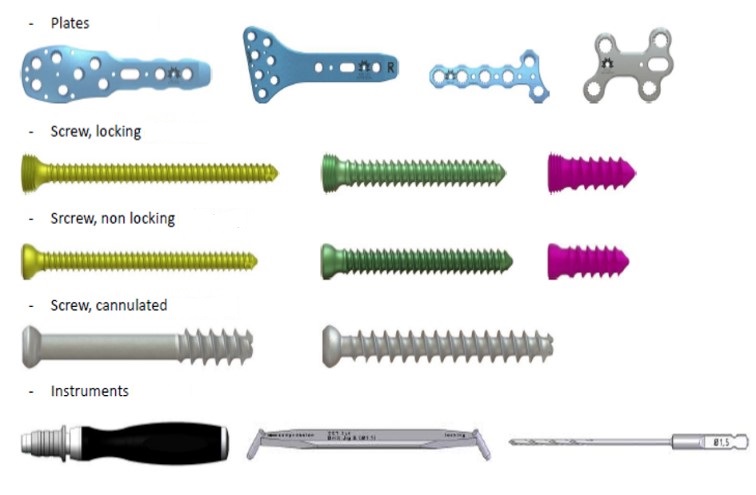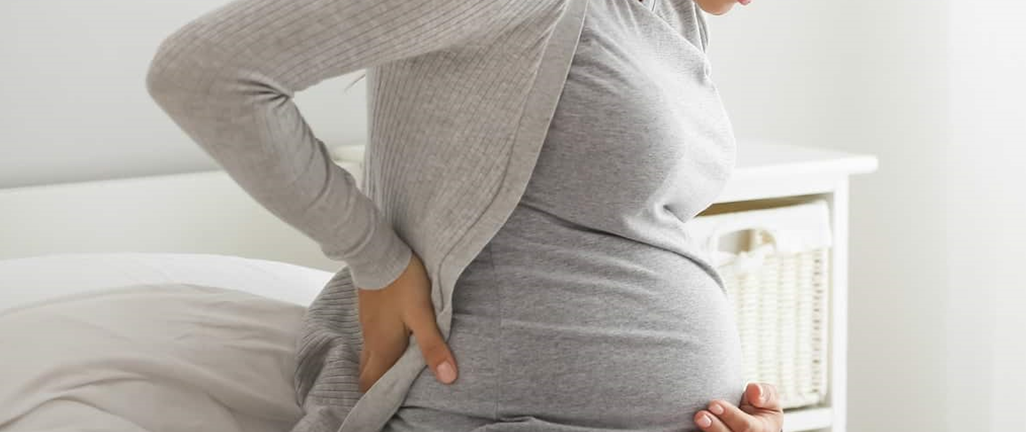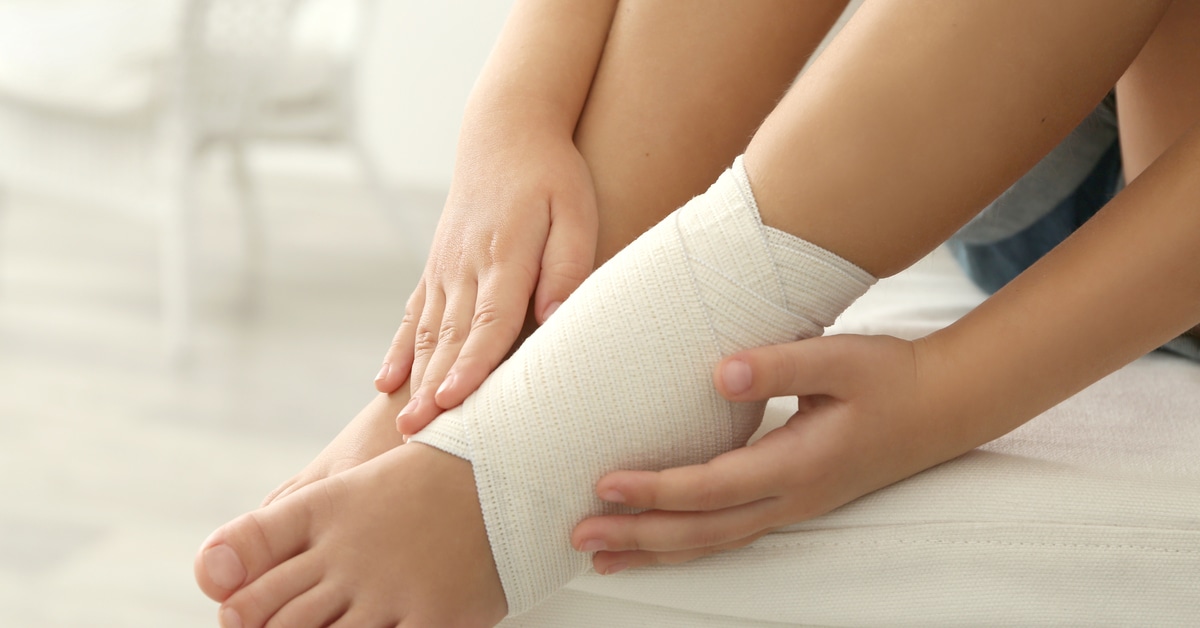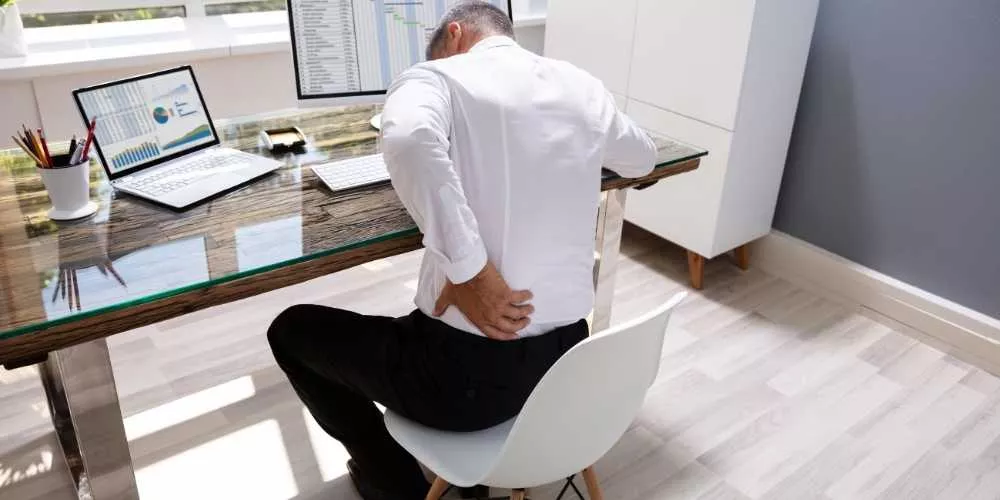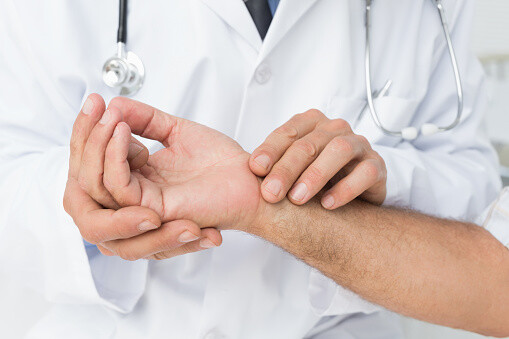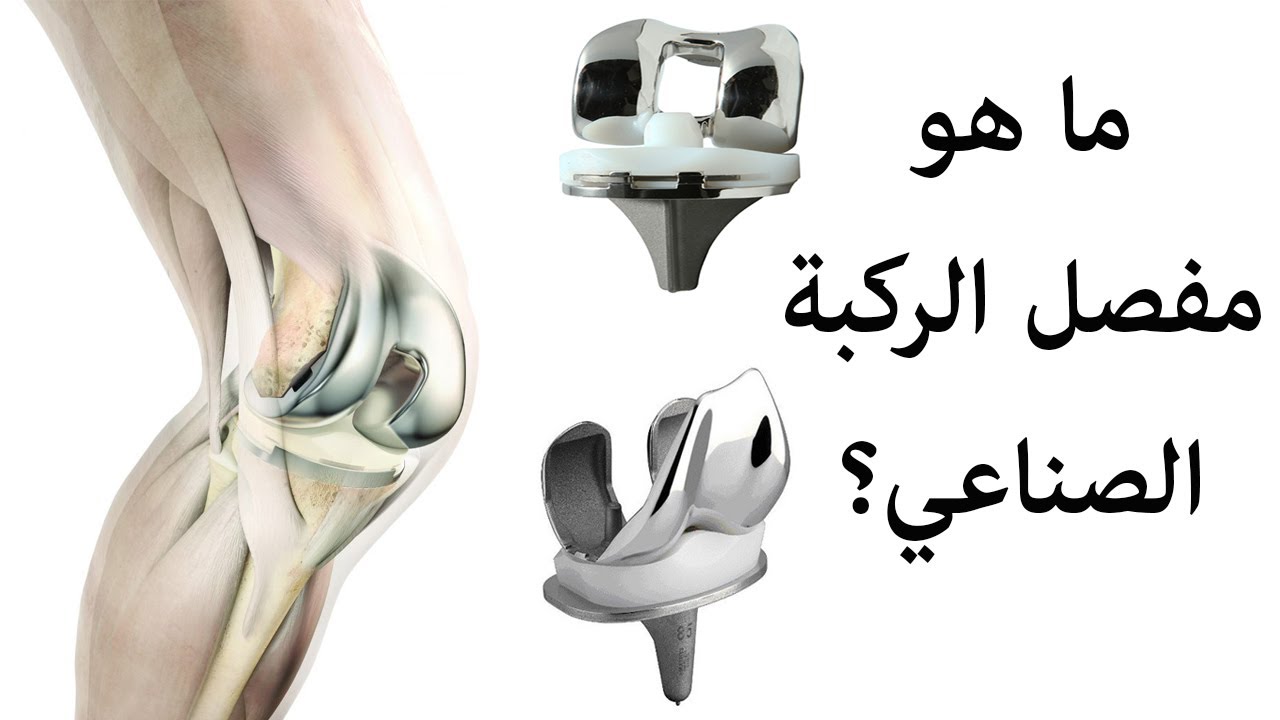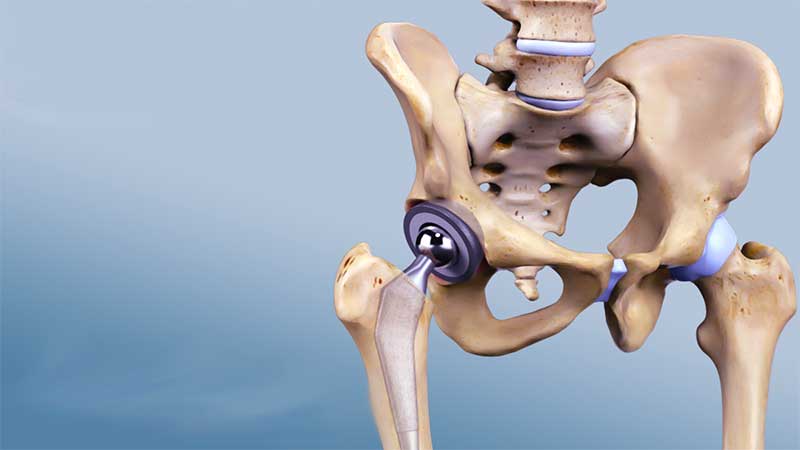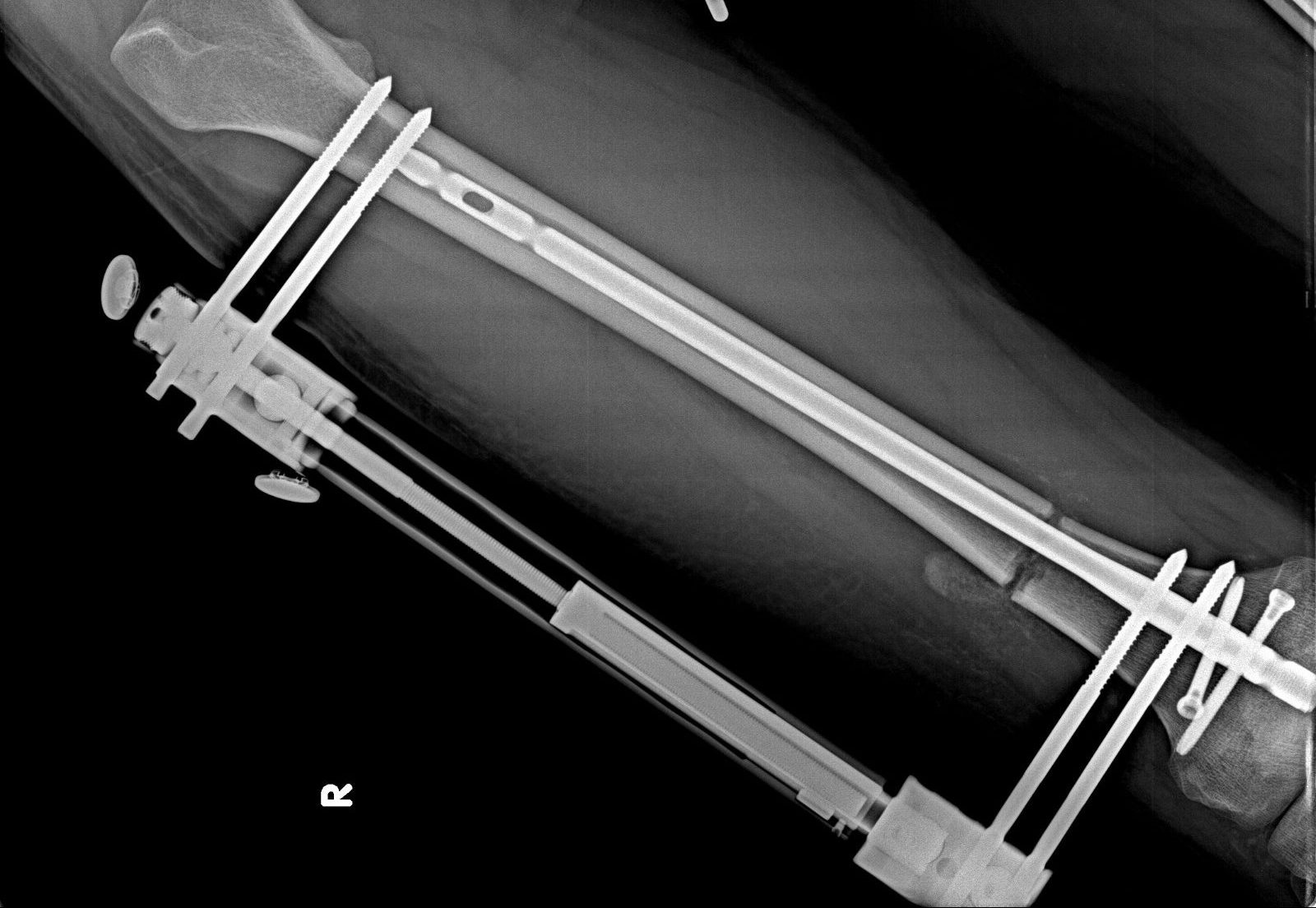Signs of Recovery from Cervical Disc Herniation: Can One Live with It?
Signs of Recovery from Cervical Disc Herniation
The cervical disc herniation is a condition that can cause painful symptoms and affect a patient’s quality of life. When the patient is in the recovery phase, it is essential to have a clear understanding of the recovery signs that may indicate improvement.
One of the main signs of recovery from cervical disc herniation is the disappearance of symptoms such as numbness, tingling, and prickling in the arms and fingers. When the patient notices that these symptoms are gradually fading and completely disappearing, this is a positive sign of recovery.
Furthermore, a recovering patient exhibits improvement in muscle contractions and spasms in the neck and shoulder areas. The patient notices that the muscles gradually regain their natural flexibility and respond better to normal movement without any pain or spasms.
Another sign of recovery is the ability to control simple movements of the ankle and knee. The patient may notice that they can move their ankle and knee without any complications or difficulty, reflecting an overall improvement in their condition.
The duration of the appearance of recovery signs can vary from one case to another, depending on several factors such as the severity of the pain, the location of the disc herniation, and the followed treatment. Nevertheless, most cases require a period ranging from four to six weeks for recovery to occur. Some patients may notice a rapid improvement within a few days of starting treatment, while others may take longer to observe improvement.
In addition to consulting a doctor and following the prescribed treatment plan, there are some tips that can help enhance the recovery process. For example, warm and cold water can be beneficial in relieving muscle spasms and improving blood flow to the affected area. Attention should also be given to physical therapy and practicing the prescribed exercises to relieve pressure on the nerves and improve muscle structure.
In general, the signs of recovery from cervical disc herniation are positive indicators of improvement in the patient’s condition. With proper care and the necessary treatment, the patient can overcome this condition and fully return to their normal life.
Can Recovery from Cervical Disc Herniation Be Achieved?
Definition of Cervical Disc Herniation: Cervical disc herniation is a condition that occurs when the intervertebral disc in the spine moves out of its normal position. This slippage can result from forces exceeding the disc’s capacity, such as injury or degeneration of the spine due to aging.
Symptoms of Cervical Disc Herniation:
- Pain in the neck, shoulders, arms, and fingers.
- Muscle weakness in the jaw and chin.
- Tingling or prickling sensation in the upper extremities.
- Difficulty in moving the neck, which may be accompanied by muscle spasms.
Treatment Options for Cervical Disc Herniation: Non-surgical treatment: This is the first option for most patients and includes:
- Taking anti-inflammatory medications to relieve pain and swelling.
- Muscle chewing and dry sliding to strengthen muscles and reduce pressure on the nerves.
- Physical therapy and rehabilitative exercises to enhance muscle strength and improve flexibility.
Surgical treatment: In cases where symptoms do not respond to non-surgical treatment or worsen, surgical treatment may be the appropriate option. Surgery involves removing the slipped part of the disc or repairing the herniation using spinal surgery.
Outlook for Recovery: Full recovery from cervical disc herniation is possible with surgical treatment and subsequent rehabilitation. Some chronic symptoms may persist after complete recovery, but they may be minor and manageable with ongoing treatment.
Prevention and Healthy Living:
- Regular physical exercise to strengthen the neck and back muscles.
- Avoiding excessive movements and poor body postures that put pressure on the neck.
- Avoiding lifting heavy objects improperly and repetitive neck movements.
In conclusion, despite the difficulty of completely eliminating cervical disc herniation, appropriate treatment and adopting a healthy lifestyle can help alleviate symptoms and improve quality of life. It is essential to consult a doctor to evaluate each individual’s condition and choose the appropriate treatment accordingly.
Can One Cope with Cervical Disc Herniation?
Cervical disc herniation is a common issue that affects many people, especially the elderly. This condition can cause neck and hand pain, potentially impacting the quality of life and the ability to perform daily activities. However, with proper care and some lifestyle modifications, patients can effectively manage and live with cervical disc herniation.
Below are some tips for coping with cervical disc herniation:
- Engage in Physical Exercises: Exercises targeting the neck and back can help strengthen muscles and improve spinal alignment. A doctor can guide the patient towards appropriate and safe exercises for their condition.
- Avoid Poor Postures: Maintaining a proper sitting posture and avoiding prolonged sitting can help alleviate neck pain. Additionally, it is important to avoid carrying heavy objects on the head or neck.
- Use Suitable Pillows: It is highly recommended to use pillows that are of the right size and provide proper support to the neck, promoting spinal alignment and support during sleep.
- Apply Warm or Cold Compresses: Warm or cold compresses can be applied to the neck to relieve pain and swelling. It is advised to apply compresses for 20 minutes with a rest period between each use.
- Manage Stress and Psychological Strain: Efforts should be made to avoid excessive stress and psychological strain, as they can negatively impact the condition of the cervical disc.
- Maintain a Healthy Lifestyle: Adopting a balanced and healthy lifestyle, including eating a balanced diet and regularly engaging in physical activity, can strengthen muscles and potentially improve the condition of the cervical disc.
- Adhere to Prescribed Treatment: The doctor may prescribe medications to alleviate pain and improve the condition of the cervical disc. Patients should adhere to the prescribed treatment and follow the doctor’s instructions.
Although living with cervical disc herniation can be challenging, maintaining a healthy lifestyle and personal care can contribute to managing the condition and reducing associated symptoms. Before starting any new activity or making changes to treatment, it is crucial to consult a specialist doctor for advice and appropriate recommendations.
How should a patient with cervical disc disease sleep?
Many people suffer from neck pain, and patients with cervical disc disease in particular need special attention when choosing the correct sleeping position. There are several tips that should be followed to maintain neck health while sleeping.
First, it is preferred that the patient sleeps on their back. It is recommended to use a straight table or bed and extend the neck over its edge. The head should be slightly lowered downward to facilitate neck extension. This is considered the correct position for a patient with cervical disc disease to sleep in, as it helps relieve pressure on the disc and reduce pain.
Second, it is necessary to use a suitable pillow. It is preferred to use a pillow that supports the natural curve of the neck from the back. Another thinner pillow can be placed under the head to provide the necessary support. In case of sleeping on the side, it is recommended to use a slightly longer pillow to support the neck and head.
Furthermore, the patient should be careful of incorrect sleeping positions that lead to neck pain. Avoid placing the neck at unnatural angles and moving the head during sleep.
In addition, patients with neck pain should also be cautious of other sleep problems that affect the neck. Sleep issues such as inability to sleep well, early waking in the morning, and discomfort during sleep can exacerbate neck and back problems. Additionally, neck pain may develop over the years in people who have sleep problems.
In summary, patients with cervical disc disease should follow the correct sleeping position to maintain their neck health. It is preferred to sleep on the back in a neck extension position on the edge of the bed, and use a pillow that properly supports the neck and head. Avoid incorrect sleeping positions and beware of sleep problems that negatively affect the neck. By following these simple tips, patients can reduce pain and maintain neck comfort during sleep.
When is cervical disc herniation dangerous?
Cervical disc herniation is a common health issue that many people suffer from. In some cases, cervical disc herniation can be dangerous and requires immediate medical care. In this article, we will review the situations in which cervical disc herniation can be dangerous:
Severe symptoms: If you are experiencing severe and worsening symptoms such as severe pain in the arms and hands, tingling, numbness, weakness in grip, and effects on the legs, cervical disc herniation may be dangerous.
Loss of ability to walk properly: If you find difficulty in walking and feel tingling or stiffness in your legs, this may indicate pressure on the spinal cord and is a sign of serious development in cervical disc herniation.
Loss of control: If you are unable to control your hands or have a proper grip, this may be a sign of the impact of cervical disc herniation on the gripping nerves and you should consult a doctor immediately.
Balance problems: If you are experiencing balance problems, dizziness, and instability, this could be a result of cervical disc herniation and is a cause for concern and urgent intervention.
Although cervical disc herniation can be dangerous in some cases, most cases do not require surgical intervention. You should visit a doctor for accurate diagnosis and appropriate treatment. Treatment may include anti-inflammatory medications, physical therapy, and self-care such as reducing physical activity and using supportive neck pillows.
How should a patient with cervical disc disease sleep?
Many people suffer from neck pain, and patients with cervical disc disease in particular need special attention when choosing the correct sleeping position. There are several tips that should be followed to maintain neck health while sleeping.
First, it is preferred that the patient sleeps on their back. It is recommended to use a straight table or bed and extend the neck over its edge. The head should be slightly lowered downward to facilitate neck extension. This is considered the correct position for a patient with cervical disc disease to sleep in, as it helps relieve pressure on the disc and reduce pain.
Second, it is necessary to use a suitable pillow. It is preferred to use a pillow that supports the natural curve of the neck from the back. Another thinner pillow can be placed under the head to provide the necessary support. In case of sleeping on the side, it is recommended to use a slightly longer pillow to support the neck and head.
Furthermore, the patient should be careful of incorrect sleeping positions that lead to neck pain. Avoid placing the neck at unnatural angles and moving the head during sleep.
In addition, patients with neck pain should also be cautious of other sleep problems that affect the neck. Sleep issues such as inability to sleep well, early waking in the morning, and discomfort during sleep can exacerbate neck and back problems. Additionally, neck pain may develop over the years in people who have sleep problems.
In summary, patients with cervical disc disease should follow the correct sleeping position to maintain their neck health. It is preferred to sleep on the back in a neck extension position on the edge of the bed, and use a pillow that properly supports the neck and head. Avoid incorrect sleeping positions and beware of sleep problems that negatively affect the neck. By following these simple tips, patients can reduce pain and maintain neck comfort during sleep.
When is cervical disc herniation dangerous?
Cervical disc herniation is a common health issue that many people suffer from. In some cases, cervical disc herniation can be dangerous and requires immediate medical care. In this article, we will review the situations in which cervical disc herniation can be dangerous:
Severe symptoms: If you are experiencing severe and worsening symptoms such as severe pain in the arms and hands, tingling, numbness, weakness in grip, and effects on the legs, cervical disc herniation may be dangerous.
Loss of ability to walk properly: If you find difficulty in walking and feel tingling or stiffness in your legs, this may indicate pressure on the spinal cord and is a sign of serious development in cervical disc herniation.
Loss of control: If you are unable to control your hands or have a proper grip, this may be a sign of the impact of cervical disc herniation on the gripping nerves and you should consult a doctor immediately.
Balance problems: If you are experiencing balance problems, dizziness, and instability, this could be a result of cervical disc herniation and is a cause for concern and urgent intervention.
Although cervical disc herniation can be dangerous in some cases, most cases do not require surgical intervention. You should visit a doctor for accurate diagnosis and appropriate treatment. Treatment may include anti-inflammatory medications, physical therapy, and self-care such as reducing physical activity and using supportive neck pillows.
Does rest help in treating disc herniation?
Rest is the first step in treating disc herniation. Although it is considered the most effective method to alleviate pain and aid in healing the injury, it can have a potential negative impact on the treatment process in the long term. Nevertheless, maintaining rest remains crucial for the success of the treatment.
Many doctors recommend providing complete rest for patients with disc herniation, advising them to avoid strenuous activities and sudden movements that increase pressure on the affected disc. It is also required for the patient to sleep on a high-density and well-padded mattress, with a wooden board underneath it to achieve maximum support and stability.
Additionally, patients use pain relievers and muscle relaxant treatments as part of disc herniation treatments in various parts of the body, including the neck and lower back. These treatments help alleviate pain and soothe muscle tension, contributing to the improvement of the patient’s condition and facilitating the healing process.
In some cases, a supportive back brace can play a role in treating disc herniation. This brace is used to provide support and stability to the affected back area, helping reduce pain and improve the overall condition of the patient.
In cases where the patient does not respond to conventional treatments and the symptoms persist or worsen, surgical treatment becomes an alternative option. In this case, a surgery is performed to remove the herniated disc, which is the only effective treatment method for this condition.
Overall, it can be said that rest plays a significant role in treating disc herniation, helping to soothe pain and relieve pressure on the affected disc. However, other appropriate treatments, such as pain relievers and muscle relaxants, should be provided as per the treating doctor’s recommendations. If the symptoms persist or worsen, surgical treatment may be necessary to remove the damaged disc and achieve complete healing.
What are the harms of cervical disc herniation?
Cervical disc herniation is a common problem that can have negative effects on an individual’s overall health. The condition may progress over time, leading to worsening symptoms and impacting quality of life. Both acute and chronic symptoms resulting from cervical disc herniation can be among the most harmful effects of this problem.
The potential negative effects of cervical disc herniation include:
Pain in the neck and shoulders: The individual may experience severe and persistent pain in the neck and shoulder area. This pain can be sharp and similar to sensations of tingling or burning.
- Muscle stiffness: Stiffness in the neck muscles can occur due to nerve irritation and interference with muscle functions. This stiffness can lead to restrictions in neck movement and difficulty in daily activities.
- Itching and numbness: Some people may experience itching and numbness in the neck and upper limbs due to nerve irritation and pressure from the herniated disc.
- Sleep disturbances: Severe pain and discomfort resulting from cervical disc herniation can lead to sleep disturbances and difficulty in getting good sleep.
- Impact on mood: Persistent pain and movement restrictions can negatively affect an individual’s mood, leading to feelings of depression and psychological stress.
- Impact on overall quality of life: Cervical disc herniation can lead to movement restrictions and interference with daily activities. The individual may find it difficult to perform daily tasks and routine activities, negatively affecting their overall quality of life.
To avoid these negative effects, individuals should pay attention to neck health and follow appropriate prevention tips. It is also essential to consult a specialist doctor to assess the condition and guide the appropriate treatment for cervical disc herniation.
Best Doctor for Cervical Disc Herniation Treatment
Dr. Amr Amal is considered one of the best specialists in the treatment of cervical disc herniation, enjoying a significant reputation in this field. Dr. Amr is distinguished by several key characteristics that have placed him at the pinnacle of his specialty. Firstly, he has extensive experience in the field of orthopedics and surgery for over 15 years, enabling him to efficiently handle various cases of disc herniation. He also has the ability to diagnose complex cases and find appropriate treatment solutions for each case.
Dr. Amr is a reference for many patients suffering from cervical disc herniation, providing top-notch medical services using the latest available medical means to alleviate pain and improve the quality of life for patients. In addition, Dr. Amr offers a set of advice and instructions to help the patient relieve pain during the treatment period and enhance the final outcome.
Dr. Amr’s role in eliminating cervical disc herniation and its associated pain is of utmost importance. He uses physical therapy, which contributes to improving the condition of damaged tissues and strengthening their functions. He also efficiently performs the necessary surgical procedures to resolve disc herniation issues and eliminate the accompanying pain.
Dr. Amr Amal is considered the optimal choice for treating cervical disc herniation, ensuring the best results and a significant improvement in the patients’ health condition.



